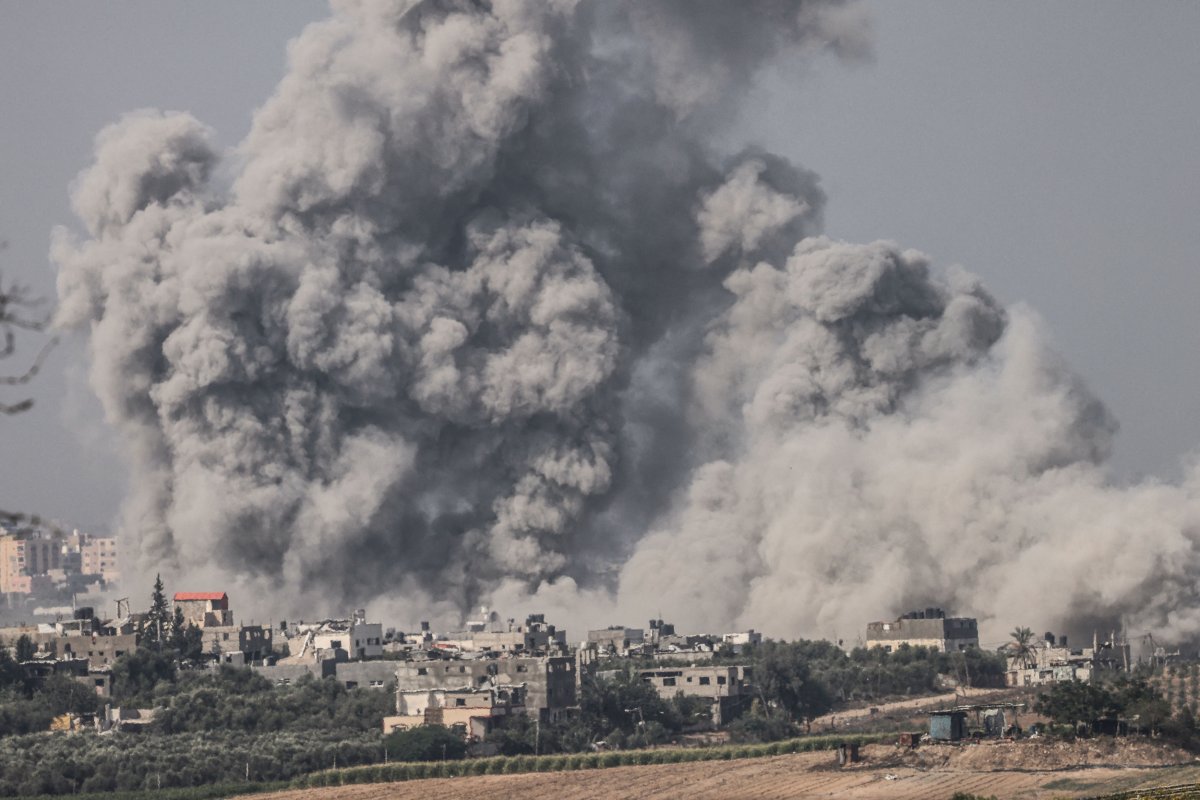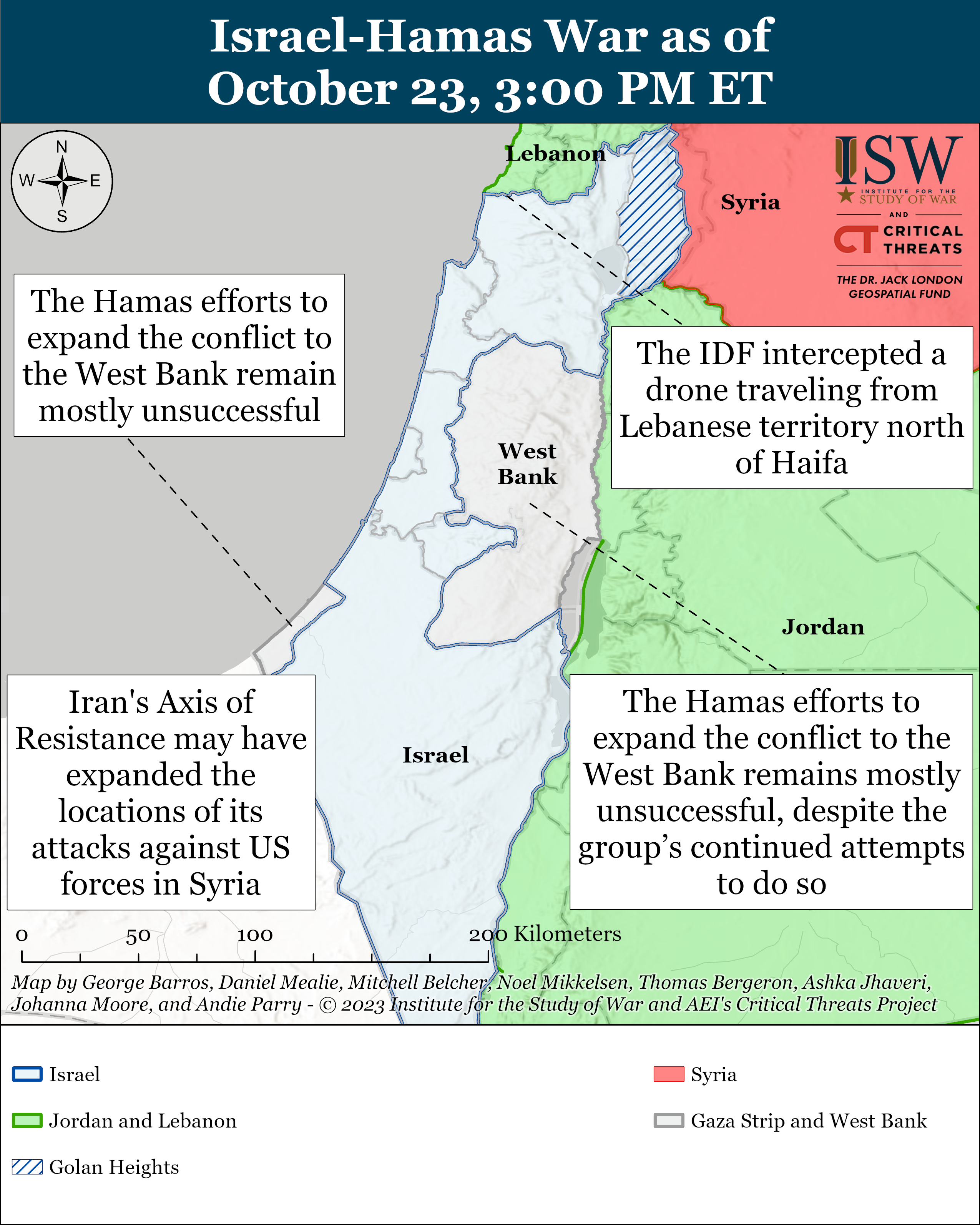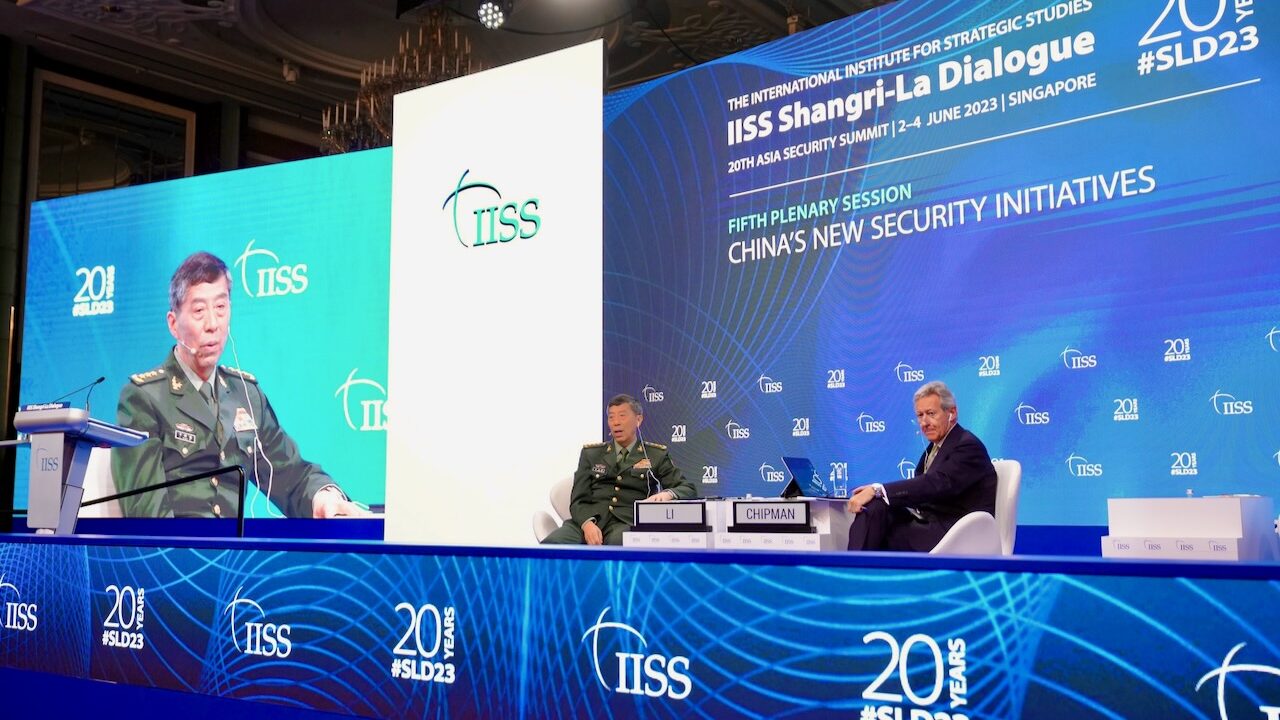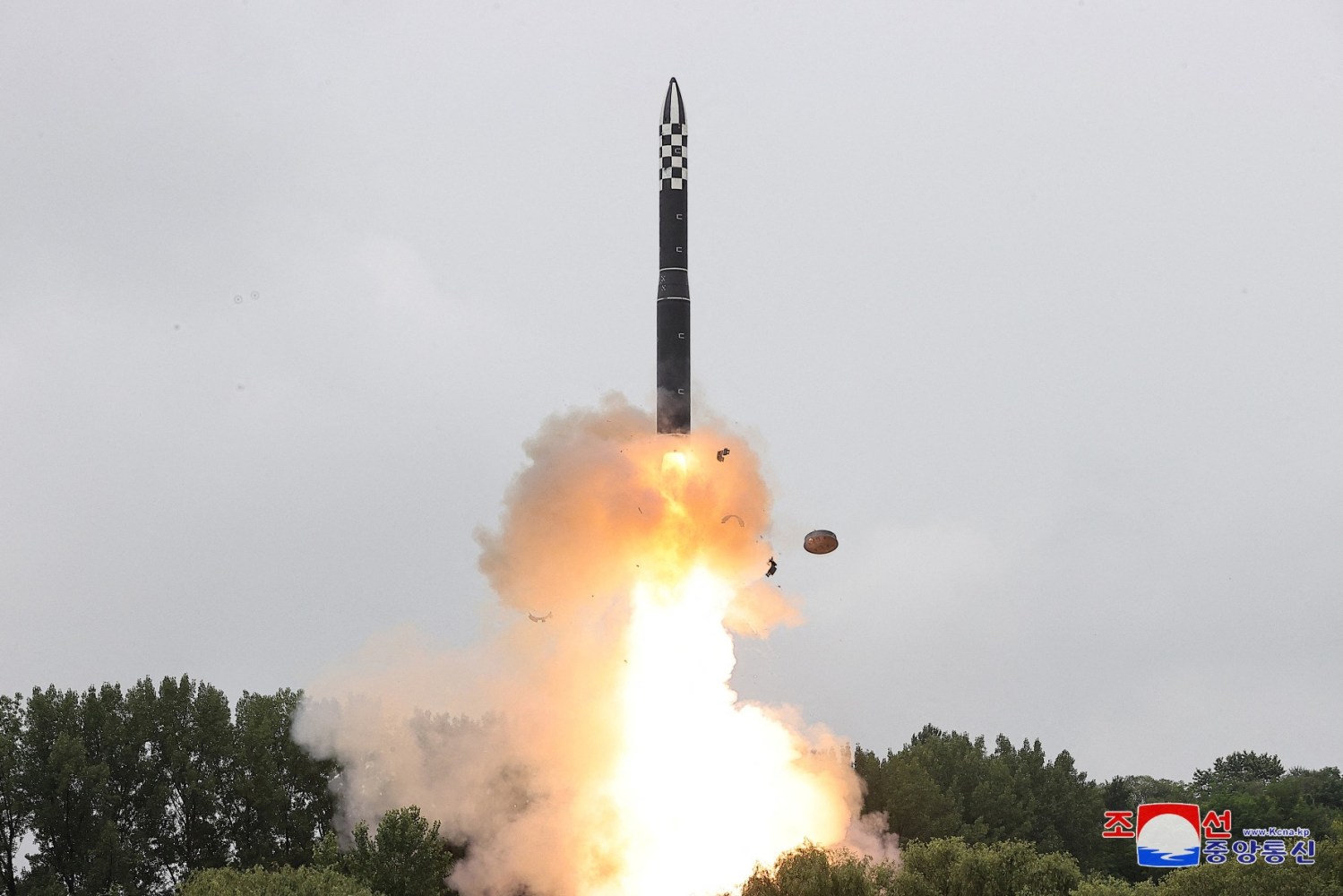Ben Caspit

Eighteen days after the attack by Hamas, Israel seems to be waiting for a green light from Washington to launch its ground assault on the Gaza Strip. Al-Monitor reported Monday that the Biden administration is concerned that Israel lacks achievable military goals for its operations in Gaza. It would also like to advance humanitarian aid for the enclave and efforts to release hostages before the ground operation is set in motion.
Meanwhile, Israelis are learning what it's like to prepare for war together with America.
"To all those who support a defense pact," a senior Israeli defense official told Al-Monitor on condition of anonymity, "I suggest examining how we now coordinate everything with the Americans, how we don't do anything contrary to their opinion, at least for now, and how we do all this without having a defense alliance of one kind or another with them.”
The official was referring to discussions underway for months between Israel and the United States, on a loose defense alliance, which would provide Israel with US support in emergencies but not tie its hands if the need arises for urgent military action.
No American veto
Having called up over 300,000 reserve troops since Oct. 7, the military says it is ready. Its forces amassing on the Gaza border have spent the past two weeks training, devising attack plans for the dense urban terrain in Gaza, amending, updating and testing them.


/https%3A%2F%2Fengelsbergideas.com%2Fwp-content%2Fuploads%2F2023%2F10%2FDead-Sea-Power-post.jpg)





:quality(70)/cloudfront-us-east-1.images.arcpublishing.com/archetype/JLEE2JBARVEIDG6Y7AW3ZS327Y.jpg)



